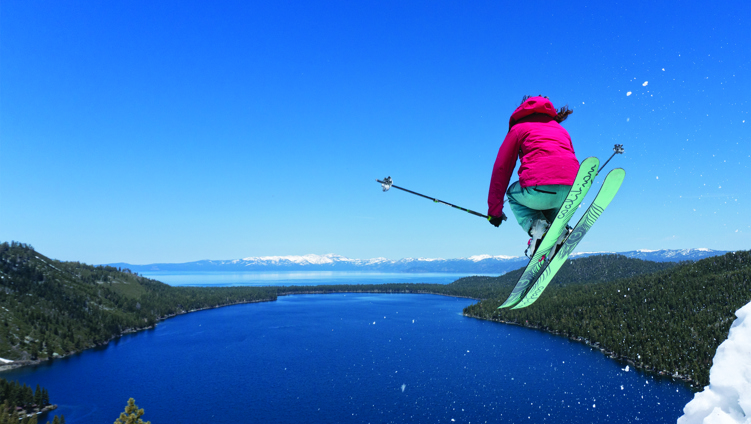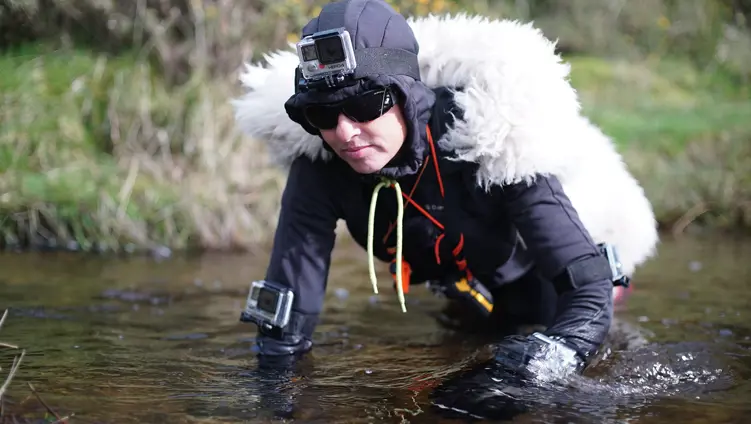Published on 13th January 2020
For many of us fortunate enough to visit the coast, playing on the beach is a fond childhood memory. Dr Bethany Roberts remembers eating sand-filled sandwiches and poking about in rock pools with her brother. But, as adults, the sea still fills us with wonder, its vastness helping us put life into perspective. In this article, Beth explores if it's more than just nostalgia that draws us towards the seaside?






